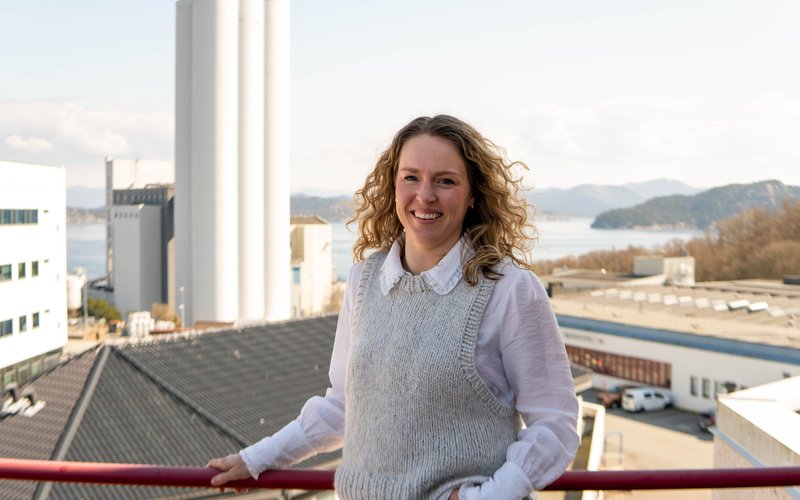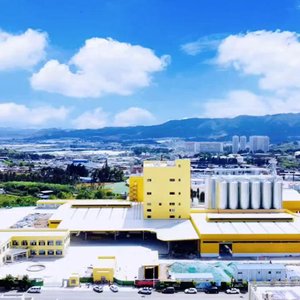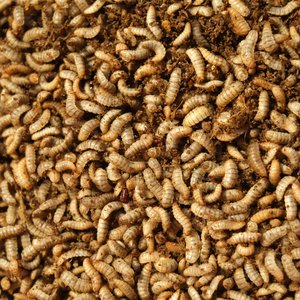For fish farmers, the summer months bring seasonal challenges, a reality that has been exacerbated by the impact of climate change. Temperature increases in coastal and inland waters, often coupled with reduced oxygen concentrations in the water, lead to heat stress in fish, reducing feed consumption, growth and feed conversion efficiency. However, specially formulated high temperature feeds can support fish and fish producers in the face of these warm-weather challenges and limit the impacts on fish health and farming productivity.
Physiological responses to warm water cause performance challenges
When water temperatures rise, oxygen levels drop – leading to lower dissolved oxygen and, therefore, lower available oxygen in the water. When water temperature and oxygen concentrations reach a certain threshold beyond the optimal levels for different species of fish, a number of physiological responses are triggered. For example, if hypoxia occurs when oxygen is reduced to a critical level for respiration, this leads to significantly reduced feed consumption and feed efficiency, and subsequently lower growth. In response to this, fish adapt by increasing red blood cell production to maximize oxygen transport, a physiological process known as erthropoiesis1. This process can take up precious energy needed for growth, further affecting productivity.
In addition, like other animals, fish have an arrangement of antioxidant metabolites and enzymes that work to prevent oxidative damage to cellular components such as DNA, proteins and lipids. Under high water temperatures, the antioxidant status of fish can be impaired, potentially leading to damage within the body.
High temperature conditions also place additional stress on the gut and intestinal health of fish and are linked to inflammation and impaired immune function2. They have been shown to disrupt the barrier function of the intestinal membranes of fish, leaving them more likely to have compromised digestive function and be more susceptible to invasion by disease-causing bacteria.
“The decrease in performance resulting from all of these physiological responses can be significant,” said Ramon Fontanillas, Skretting's principal researcher for Shrimp & Warm Water Species Nutrition. “According to our research, a temperature stress of 18°C and above for one month can cause a significant drop in growth performance in Atlantic salmon.”
Skretting’s controlled trials with Atlantic salmon and rainbow trout have shown that, in temperatures above an optimum range of 12-15°C, fish experience a decrease in growth and lower feed conversion. “The economic losses to farmers due to the deteriorated growth performance, higher conversion rate and lower quality in the final product can be substantial,” said David Peggs, Skretting’s senior researcher for health.
Functional feed can help mitigate the negative effects of warm water
In light of these economic implications, Skretting has invested substantial resources in R&D over the past 25 years to identify the specific nutritional needs of fish in different environmental conditions and to develop a diet focused on supporting fish during high-risk periods of high temperatures and low oxygen availability. “Research and innovation are part of our DNA at Skretting,” said Fontanillas. “Through our studies, we have identified functional feed additives effective in improving gut functionality which, along with improved antioxidant status and oxygen availability, have proven to be effective against the negative effects of high-water temperatures.”
HT and HTO2 prepare multiple species for high-temperature periods
HT and HT02, Skretting’s functional feed lines formulated for high-temperature water, are designed to maximize feed efficiency, gut health and oxygen transport during the summer months. The feed solutions have been launched for several species, and ingredients can be tailored to local challenges.
Skretting’s high-temperature feeds are recommended when temperatures exceed 18°C for salmonids, 22°C for Siberian sturgeon, 26°C for seabass, and 28°C for seabream and/or under low oxygen conditions. As with all functional diets, Skretting recommends that HT and HTO2 be included as part of a structured and holistic approach to performance and health management, and preparations should start well before a major environmental risk appears.
In addition to Skretting’s in-house trials, customers have also reported good results in terms of productivity. “Our farm is constrained by oxygen availability, which becomes even worse in the warmer months,” said Roberto Menegatti, responsible for Quality and Food Safety at Skretting customer Valle Ca’ Zuliani. “We have been using the HTO2 product for several years now and we have noticed that it helps us cope with the most critical periods and ensures a better yield. Nutrition is an important factor for fish welfare, which is why I am a great believer in functional feeds.”
Supporting customers now and in the future
“At Skretting, we are passionate about our purpose of Feeding the Future,” said Anna Hesby Nessa, Skretting’s global product manager Health. “We are committed to supporting customers in facing the challenges of a changing environment and increasing their sustainable production so that, together, we can meet the world’s increasing protein requirements. Functional feed product lines like HT and HTO2 help us take strides toward this goal. For that reason, we continue to invest in R&D aimed at building on our understanding of how fish react to environmental conditions, and how we can best support them using optimal and tailored nutrition.”
References:
1 Randall 1982 and Lai et al. 2006.
2 Niklasson et al. 2011; Huyben et al. 2019.













